We can use aggregate from base R (no packages needed)
aggregate(Air_pollution ~ ., df, FUN = sum)
-output
# country_code country year Air_pollution
#1 22 A 2000 6
#2 44 B 2000 2
#3 66 C 2000 10
#4 88 D 2000 7
#5 22 A 2001 2
#6 88 D 2001 15
Or with dplyr
library(dplyr)
df %>%
group_by(country_code, country, year) %>%
summarise(Air_pollution = sum(Air_pollution), .groups = 'drop')
-output
# A tibble: 6 x 4
# country_code country year Air_pollution
# <dbl> <chr> <dbl> <dbl>
#1 22 A 2000 6
#2 22 A 2001 2
#3 44 B 2000 2
#4 66 C 2000 10
#5 88 D 2000 7
#6 88 D 2001 15
data
df <- structure(list(country_code = c(22, 22, 22, 44, 44, 66, 88, 88,
88, 88), country = c("A", "A", "A", "B", "B", "C", "D", "D",
"D", "D"), year = c(2000, 2000, 2001, 2000, 2000, 2000, 2000,
2001, 2001, 2001), Air_pollution = c(5, 1, 2, 1, 1, 10, 7, 5,
5, 5)), class = "data.frame", row.names = c(NA, -10L))

